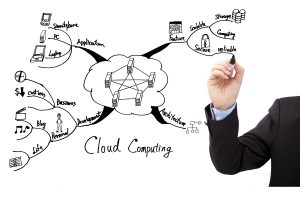 In one of its first acts, the 117th Congress passed the FedRAMP Authorization Act. This bill codifies the Federal Risk and Authorization Management Program (FedRAMP) and, in the process, speeds up the time it takes for cloud solutions to be implemented in the Federal government. Currently, cloud solutions must frequently gain separate authority to operate statuses for each agency where they are used. This bill looks to have the General Services Administration (GSA) automate processes to promote reciprocity for security validations from one agency to another.
In one of its first acts, the 117th Congress passed the FedRAMP Authorization Act. This bill codifies the Federal Risk and Authorization Management Program (FedRAMP) and, in the process, speeds up the time it takes for cloud solutions to be implemented in the Federal government. Currently, cloud solutions must frequently gain separate authority to operate statuses for each agency where they are used. This bill looks to have the General Services Administration (GSA) automate processes to promote reciprocity for security validations from one agency to another.
This bill was passed at a critical time for cloud adoption within government as agencies continue to accelerate their digital plans to meet the needs of a remote workforce. While the way has been cleared for "emergency" use of cloud to keep the business of government running, laws and policy like this Act ensure that there is long term support for the move to cloud services.



 Citizen Experience
Citizen Experience DevOps, a combination of the words development and operations, is designed to smooth the frequently problematic handoff between an organization's developers and its operations staff. It is an
DevOps, a combination of the words development and operations, is designed to smooth the frequently problematic handoff between an organization's developers and its operations staff. It is an 


